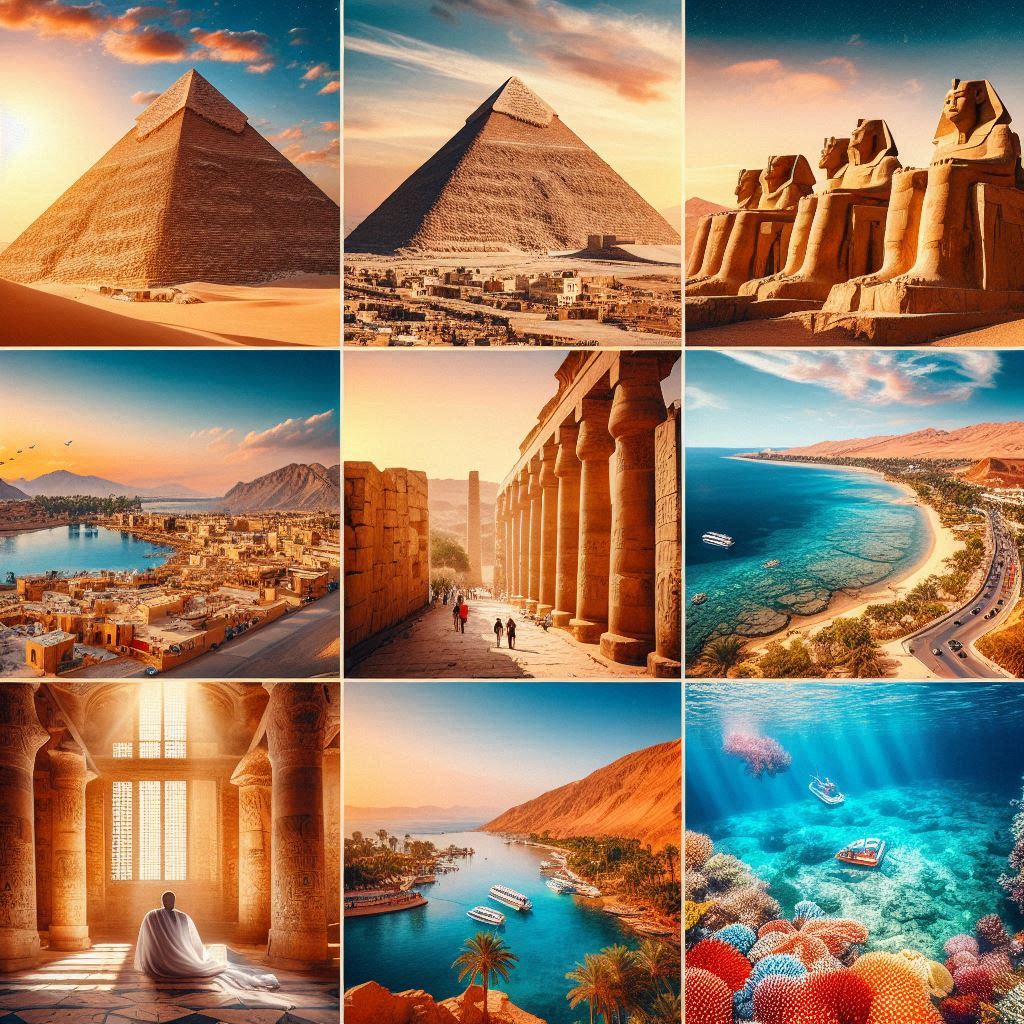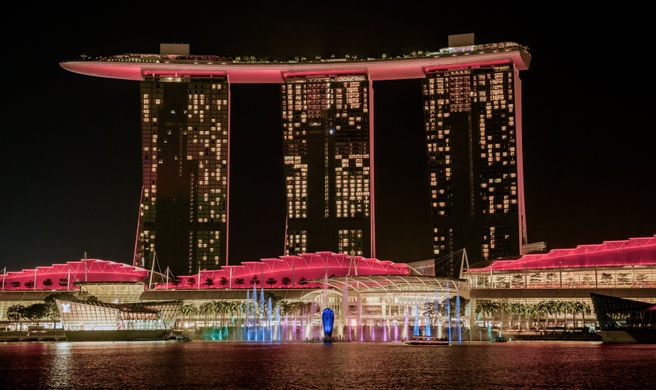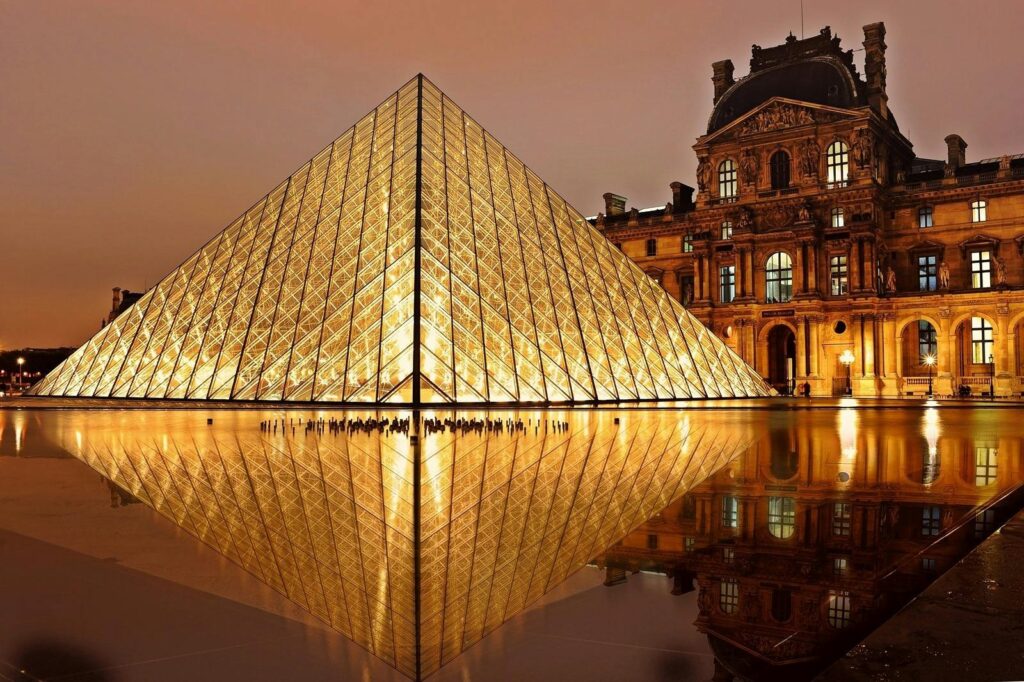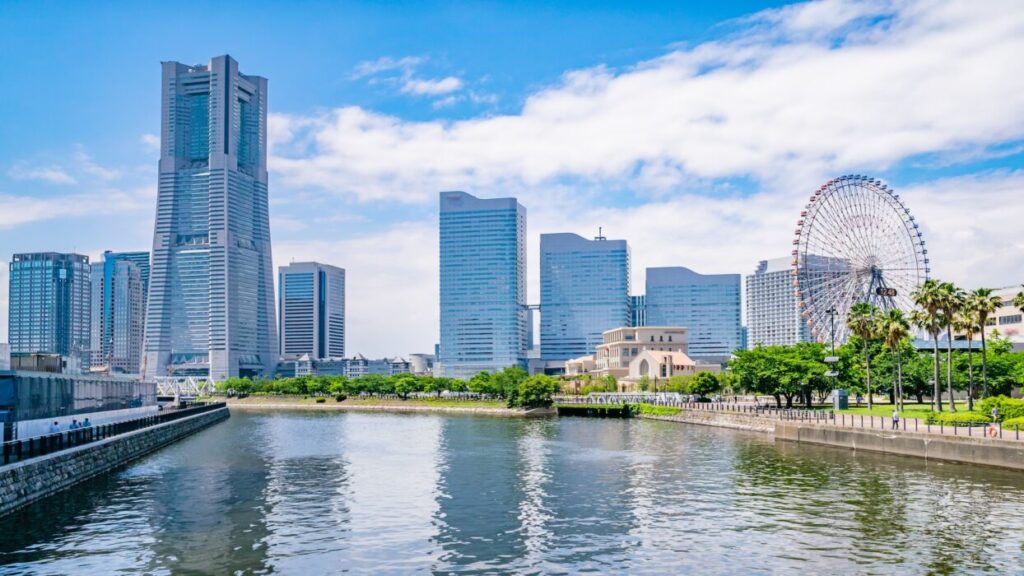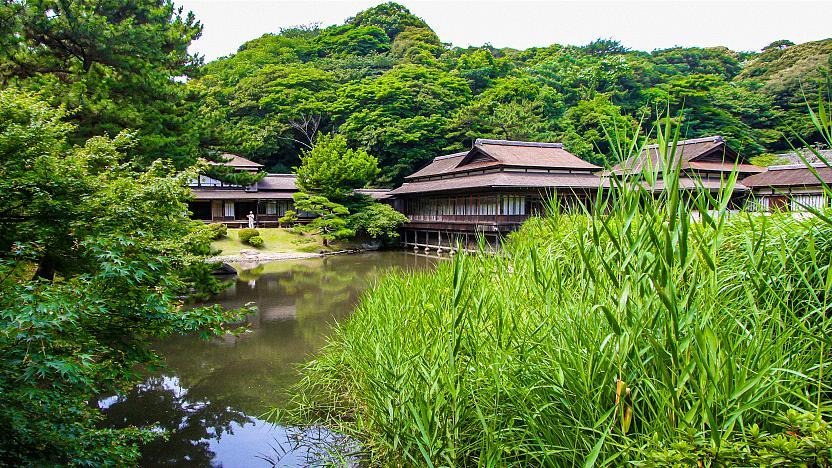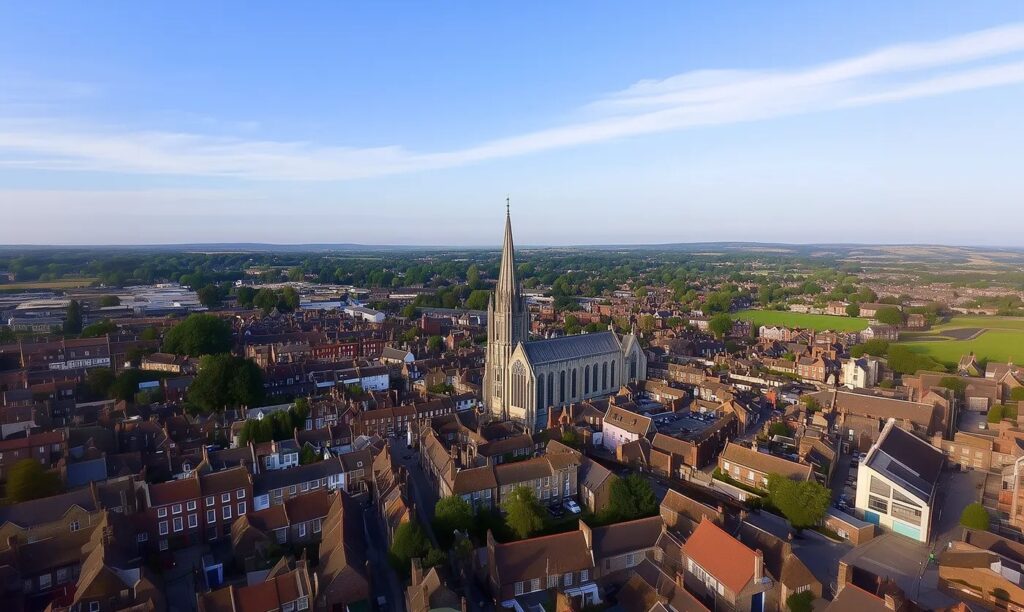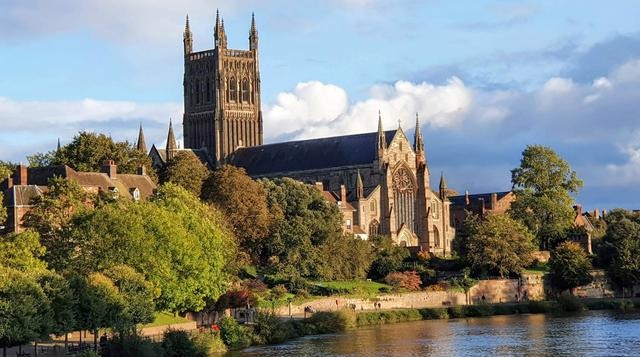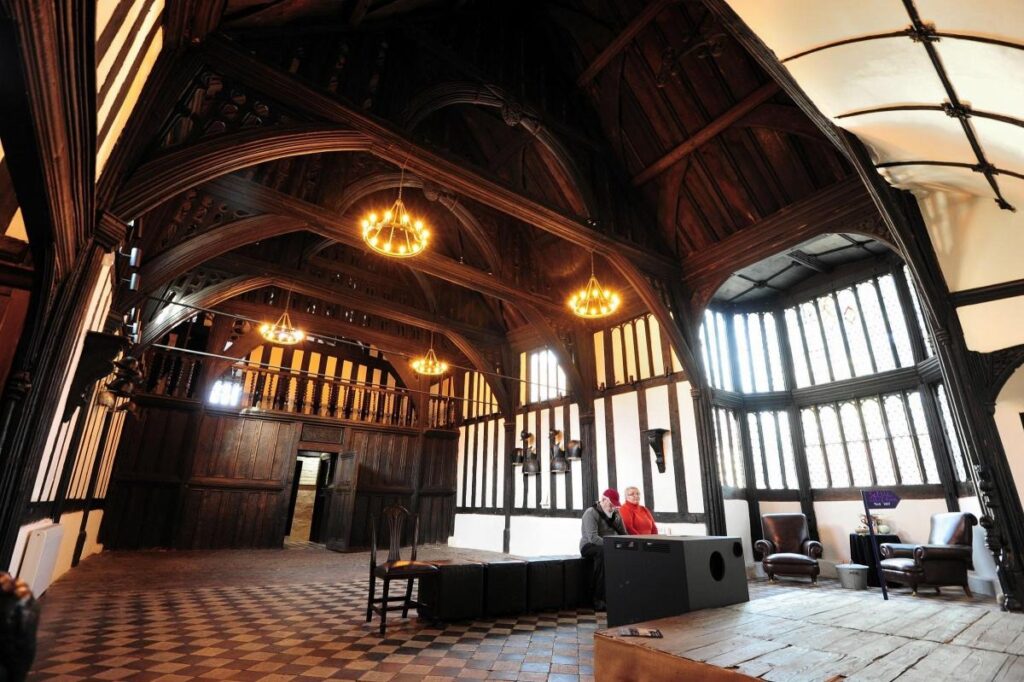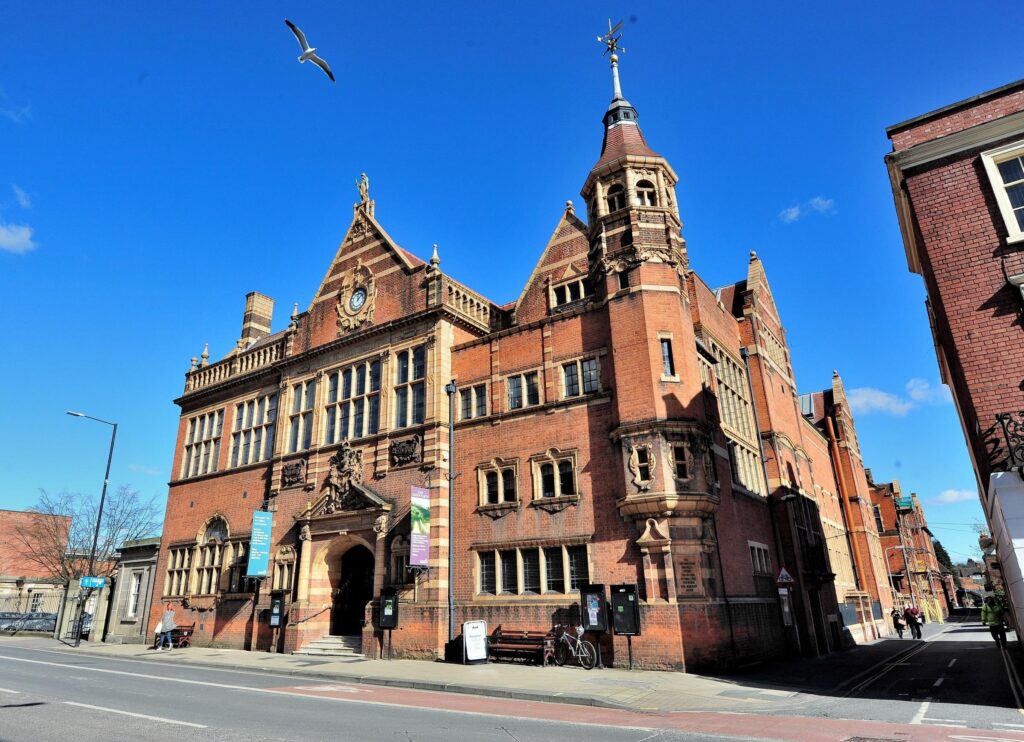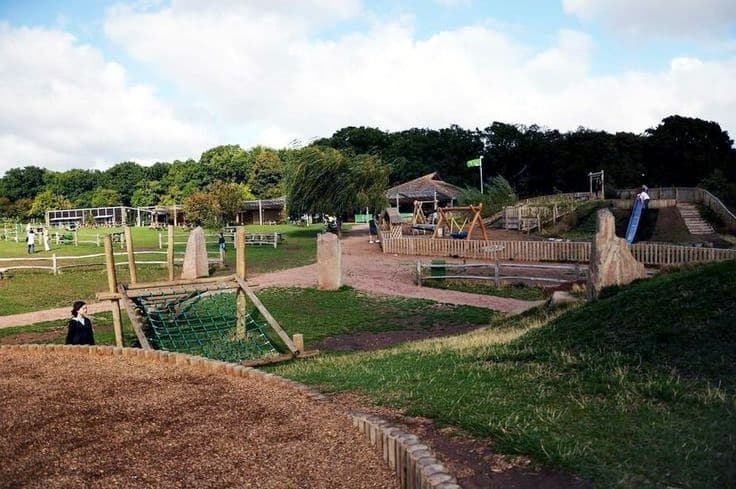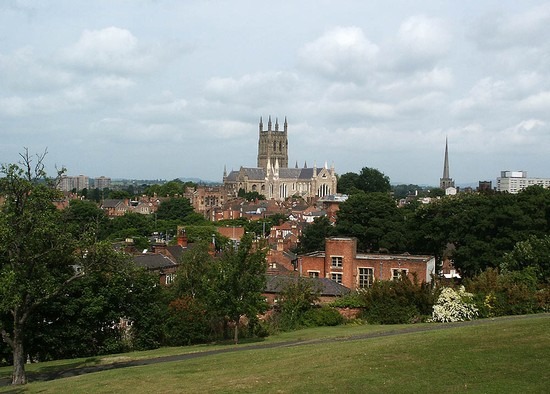Egypt, the land of ancient wonders and timeless allure, is a country that has fascinated travelers for centuries. With its rich history, stunning landscapes, and vibrant culture, Egypt offers an array of experiences for every kind of traveler. From the legendary pyramids to the bustling markets of Cairo, here are the top six places to visit in Egypt that promise to leave a lasting impression.
1. The Pyramids of Giza

No visit to Egypt would be complete without marveling at the Pyramids of Giza, one of the Seven Wonders of the Ancient World. Located on the Giza Plateau, just outside Cairo, these iconic structures are a testament to the architectural genius of ancient Egypt.
The Great Pyramid of Giza, also known as the Pyramid of Khufu or Cheops, is the largest and oldest of the three pyramids. It was built around 2580 BC and originally stood at 146.6 meters (481 feet) tall. The precision with which it was constructed has amazed historians and archaeologists for centuries.
The Pyramid of Khafre, the middle pyramid, is slightly smaller but still impressive. It is notable for the remnants of its original smooth casing stones near the top, which give a glimpse into its former grandeur.
The Pyramid of Menkaure, the smallest of the three, stands as a testament to the artistic and architectural skills of the time. Despite its smaller size, it is intricately adorned and offers insight into the craftsmanship of ancient Egyptian builders.
In addition to the pyramids themselves, the Sphinx of Giza is a must-see. This colossal statue with the body of a lion and the head of a pharaoh is shrouded in mystery and has been a symbol of strength and wisdom for millennia.
2. The Egyptian Museum

Located in Cairo, the Egyptian Museum is home to an unparalleled collection of ancient artifacts. Established in 1902, the museum houses over 120,000 items, including mummies, statues, and jewelry that span over 5,000 years of Egyptian history.
One of the museum’s most renowned exhibits is the Treasures of Tutankhamun. The collection includes the famous golden mask of Tutankhamun, along with other precious items found in his tomb. This discovery in 1922 by Howard Carter is one of the most significant archaeological finds in history.
The museum also features the Rosetta Stone, which played a crucial role in deciphering Egyptian hieroglyphs. Its presence is a testament to the historical importance of the museum in understanding ancient Egyptian civilization.
3. Luxor and the Valley of the Kings

Luxor, located in Upper Egypt, is often referred to as the world’s greatest open-air museum. This city is home to some of the most well-preserved monuments of ancient Egypt, including the awe-inspiring temples and tombs of the Valley of the Kings.
The Valley of the Kings is the burial site of many of Egypt’s pharaohs, including Tutankhamun, Ramses II, and Seti I. Visitors can explore the intricate tombs, which are adorned with vivid paintings and hieroglyphs that provide insights into the beliefs and practices of the ancient Egyptians.
Nearby, the Temple of Karnak is a sprawling complex dedicated to the god Amun. It is one of the largest religious buildings ever constructed and features impressive pylons, massive columns, and a hypostyle hall with 134 towering columns.
Another must-visit site in Luxor is the Temple of Luxor, located on the eastern bank of the Nile. This temple was constructed during the New Kingdom and is renowned for its grand entrance and well-preserved statues and obelisks.
4. Abu Simbel

Carved into the mountainside in southern Egypt, the Abu Simbel temples are a masterpiece of ancient Egyptian architecture. Built by Ramses II during the 13th century BC, these temples were originally located on the banks of the Nile but were relocated in the 1960s to save them from rising waters due to the construction of the Aswan High Dam.
The Great Temple of Abu Simbel is dedicated to Ramses II himself and features four colossal statues of the pharaoh seated on thrones. The temple is renowned for its precision in aligning with the sun, which illuminates the inner sanctum twice a year during the equinoxes.
The Temple of Hathor, located nearby, is dedicated to Ramses II’s queen, Nefertari. It is smaller but equally impressive, with intricate carvings and statues that celebrate the queen’s beauty and grace.
5. Alexandria

Alexandria, Egypt’s second-largest city, is a vibrant blend of historical and modern attractions. Founded by Alexander the Great in 331 BC, the city has been a center of culture and learning for centuries.
One of Alexandria’s most notable landmarks is the Bibliotheca Alexandrina, a modern architectural marvel that pays homage to the ancient Library of Alexandria, one of the most significant libraries of the ancient world. The Bibliotheca Alexandrina is not only a library but also a cultural center, featuring museums, art galleries, and an amphitheater.
The Catacombs of Kom el Shoqafa are another fascinating site in Alexandria. This underground necropolis, dating back to the 2nd century AD, combines Egyptian, Greek, and Roman architectural styles. Visitors can explore the labyrinthine passages and see elaborate burial chambers and sarcophagi.
The Qaitbay Citadel, built in the 15th century on the site of the ancient Lighthouse of Alexandria, offers stunning views of the Mediterranean Sea and is a testament to the city’s strategic importance throughout history.
6. Siwa Oasis

For those seeking a unique experience away from Egypt’s bustling cities and historic sites, the Siwa Oasis offers a tranquil escape into the desert. Located near the Libyan border, Siwa is renowned for its picturesque landscapes, ancient ruins, and distinctive culture.
The Oracle Temple of Amun is a prominent site in Siwa. This ancient temple was once visited by Alexander the Great, who sought guidance from the oracle regarding his divine status.
Siwa is also known for its natural springs, such as the Cleopatra’s Bath, where visitors can relax in the warm, mineral-rich waters. The oasis’s lush palm groves and salt lakes create a striking contrast with the surrounding desert, providing a serene environment for relaxation and exploration.
The Siwan culture is another highlight of the oasis. The local Berber inhabitants maintain traditional customs and dress, offering visitors a glimpse into a way of life that has remained relatively unchanged for centuries.
Egypt’s rich tapestry of history, culture, and natural beauty offers something for every traveler. From the iconic Pyramids of Giza to the serene Siwa Oasis, each of these top six destinations provides a unique and unforgettable experience. Whether you’re exploring ancient tombs, marveling at architectural wonders, or immersing yourself in local culture, Egypt’s allure is sure to captivate and inspire.

